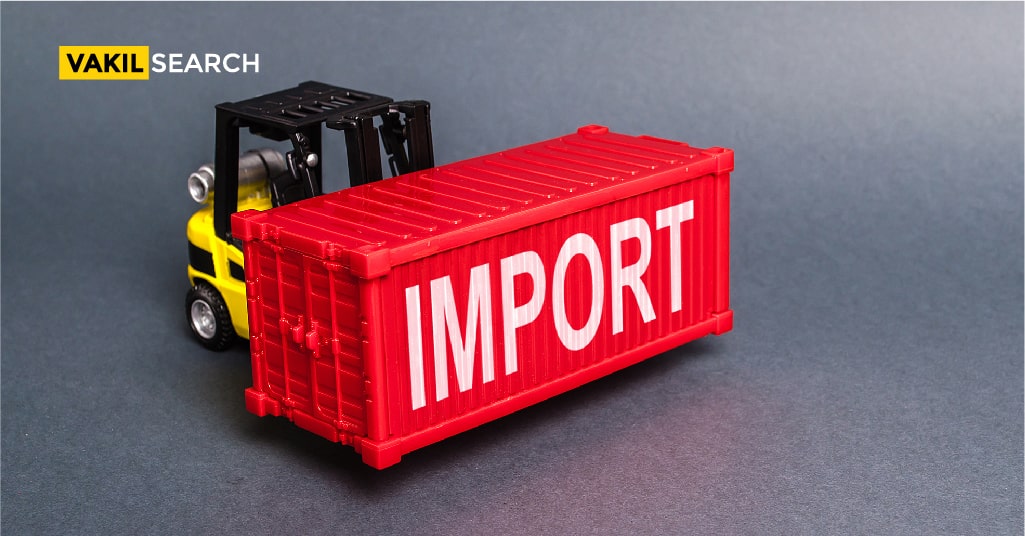The Drugs and Cosmetics Act of 1940 helps the government regulate the sale of cosmetics inside India and abroad. Exporters need to file Form 43 if they wish to import cosmetics to India. Let us now take a look at Form 43-1, and why it is mandatory.
Beauty, a timeless pursuit across civilizations, finds its contemporary expression in cosmetics—a diverse range of products designed to enhance, cleanse, and transform one’s appearance. In the context of India, the realm of cosmetics is not merely a tapestry of aesthetics but also a highly regulated landscape. Understanding the intricacies of importing cosmetics into India requires delving into the nexus of regulations, authorities, and the crucial Form 43.
Are Cosmetics Regulated in India?
Cosmetics, as defined by Section 3aaa of the Drugs and Cosmetics Act, 1940, encompass a broad spectrum of items applied to the human body for beautification, cleanliness, or alterations in appearance. This definition extends to the ingredients used in these products, underscoring the need for meticulous oversight. With globalization fostering the seamless movement of goods, India has witnessed an upsurge in the import of cosmetics from around the globe.
Who Handles the Regulation for the Import of Cosmetics into India?
The Indian government, cognizant of the direct application of cosmetics to the skin and hair, has established stringent regulations under the Drugs and Cosmetic Rules of 1945 and the Act of 1940.
Gazette Notification 426E encapsulates the regulations governing the import of cosmetics, ensuring that these products undergo rigorous quality checks at every stage of production.
The onus of regulation falls on the Central Drugs Standard Control Organization (CDSCO), a pivotal body ensuring the safety and hygiene of cosmetics used by the Indian populace.
Address of CDSCO:
Drugs Controller General
CDSCO HQ,
Directorate General of Health Services,
Ministry of Health and Family Welfare,
FDA Bhawan, ITO,
Kotla Road,
New Delhi -110002.
Individuals must send their registration applications to the Drugs Controller General of India, whose address has been mentioned above.
What is Form 43 for the Import of Cosmetics?
Individuals or companies who wish to import cosmetics into India must first register with the CDSCO. The application for registration occurs via Form 42, and the registration certificate will be issued as Form 43. Hence, while Form 42 serves as an application form for registration, Form 43-1 serves as the registration certificate that enables companies to import cosmetics into India.
Moreover, the following individuals can apply for a registration certificate and carry out the import of cosmetics in India:
- Manufacturers
- Authorised agents of manufacturers
- Subsidiaries of manufacturers
Applicants will also have to pay a processing fee amounting to 250 USD for each category of cosmetics. This processing fee must be paid when applicants file Form 42.
The payment may be done with the help of challans to designated branches either in USD or INR. The fee challans must be paid to Bank of Baroda branches under Head of Account 0210 – Medical and Public Health, 04 Public Health, 104 Fees and Fines.
Applicants can also make the payment online through the SUGAM portal using the Bharatkosh payment gateway. After online payment, the applicants must submit a copy of the challan or acknowledgement slip along with their application.
Documents Required for Form 43
- Cover letter containing details of products, category, and manufacturer
- Power Of attorney authenticated before an Indian Magistrate (First Class), Indian Embassy, or Apostille
- Duly filled Form 42
- The categorisation of the cosmetic product as per Column 3 of Registration Guidelines for Import of Cosmetics
- Letter of Authorisation if the manufacture of products are imported
- Duly filled Schedule D III
- List of Ingredients
- Composition of the product
- Labels of proposed products
- Specification and testing methodology used
- Manufacturing licenses from the country of origin.
- Free sale certificate
- No-animal testing declaration
- Declaration regarding heavy metal and hexachlorophene content
Click here to learn about: Import and Export in India
Things to Know About Form 43
- According to Rule 129C of the Drugs and Cosmetics Rules, 1945, if the application is complete, then the authority will issue a registration certificate within six months.
- However, in certain exceptional circumstances, the certificate may be issued within three months after recording the reasons for it in writing. This is in accordance with the timeline that is mandated by the CDSCO, which is 90 days.
- Form 43 for the import of cosmetics, once issued, remains valid for three years from the issuance date. However, applicants must submit a fresh application if there is any change to the following; the legal constitution of the manufacturer, company name, and company address; whereas changes regarding Indian agents are minor and do not require a fresh application.
- In case the exporter wishes to register additional products in their Form 43, they may do so by applying for the endorsement of their existing certificate. They will also have to provide the supporting documents and pay the required processing fees for the same. Moreover, the validity of such an endorsement will be the same as the principal registration certificate.
- Suppose an application for a fresh certificate is not for at least six months before the expiry of the existing certificate. In that case, it will remain in force until orders pass regarding the application.
Conclusion
In essence, the regulatory framework surrounding the import of cosmetics into India, is a meticulous dance of compliance, documentation, and temporal considerations. The collaboration between manufacturers, regulatory bodies, and importers is essential for fostering an industry that not only meets the aesthetic desires of the populace but also upholds safety and hygiene standards.
For those delving into the intricate labyrinth of Form 43, vigilant adherence to the guidelines and an understanding of the dynamics involved are imperative. As the cosmetic landscape in India continues to evolve, the significance of a robust regulatory framework cannot be overstated.
For further inquiries or comments on Form 43, our team is readily available to provide comprehensive assistance. Your commitment to compliance is our shared commitment to consumer safety and well-being!
Also read,










